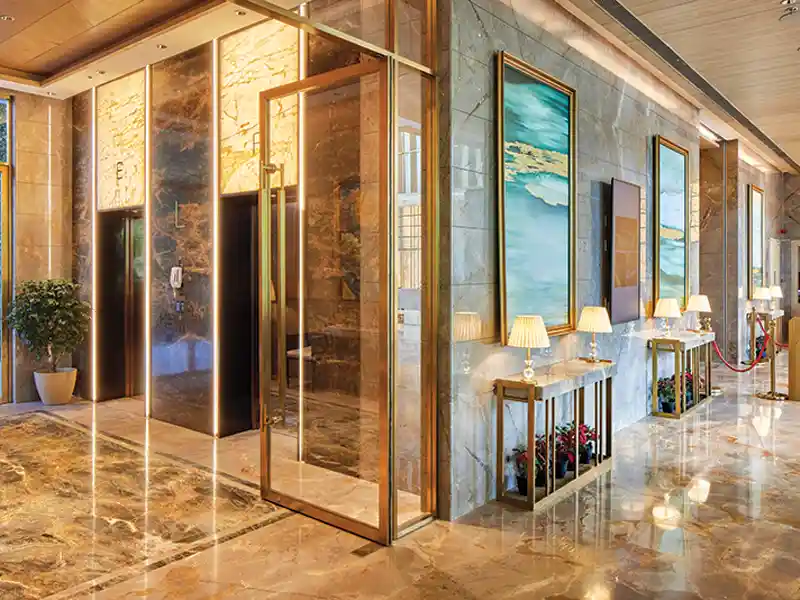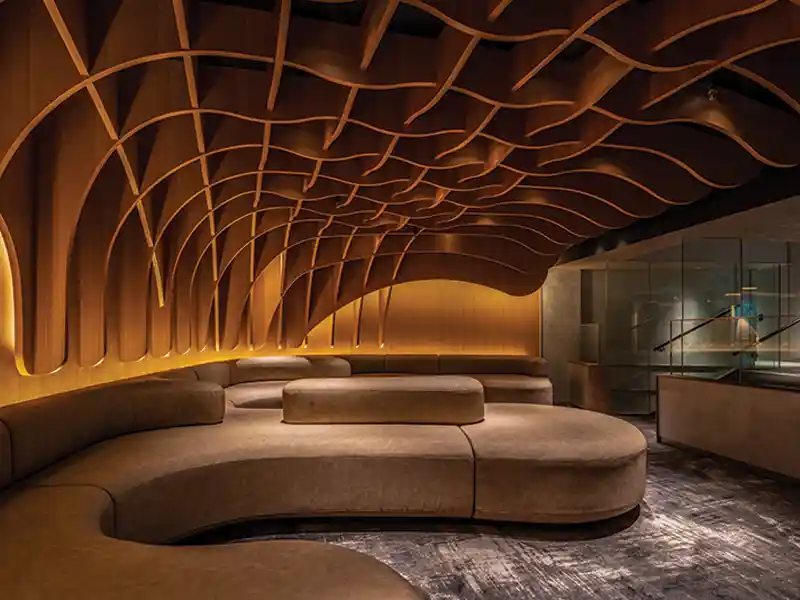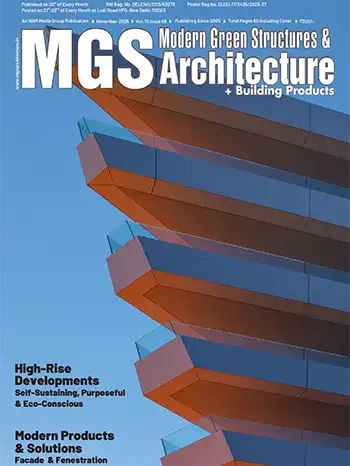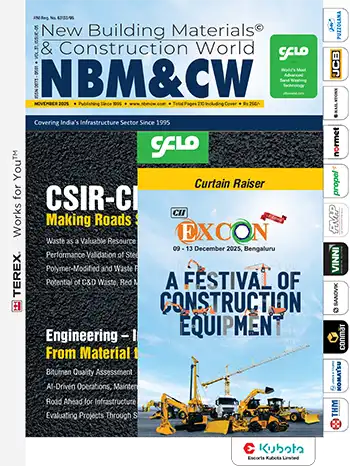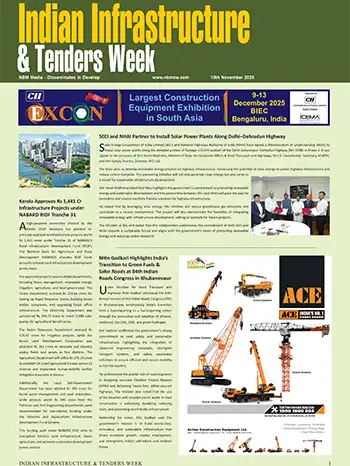Real-time data collection, analysis, and periodic evaluations are strategies that help assess the success of waste reduction initiatives in construction projects.
Jaideep Thareja - Founder & Principal Architect, Jaideep Thareja Architects
One way to reduce waste is to incorporate the principle of circular economy. Designing for circularity also entails taking into account the entire life cycle of structures and their constituent parts, from extraction to disposal, and including techniques like recycling, reuse, and biodegradability into practice that can reduce waste production and disposal. By doing this, you may lessen pollution and landfilling, preserve natural resources, and open up new opportunities and value streams.
In our projects, we often monitor and evaluate to reduce construction waste and increase material efficiency. Frequent site inspections can find possible areas for improvement as well as the places where the majority of the garbage is gathering. Real-time data collection and analysis are made possible by the use of waste-tracking technologies, like digital logs or smartphone apps. Crews may use this data to assess progress, spot trends, and make wise decisions.
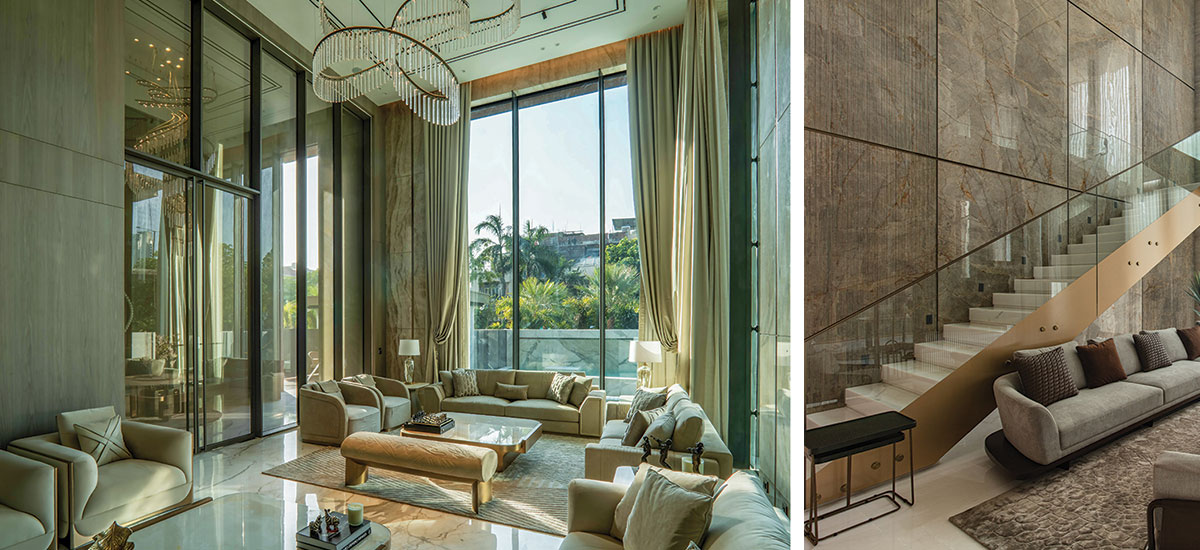
Continuous progress can be ensured by evaluating the gathered data, comparing it to the project’s waste reduction objectives, and pinpointing areas that require improvement.
In our project, Abode of Cosmic Calm, wastage was prevented by meticulous planning executed from the design phase itself. Every material was selected based on local availability and minimal processing, reducing transportation and cutting waste. Modular construction techniques ensured precise measurements and off-site prefabrication of elements like cabinetry and wall panels, significantly minimising on-site scrap. Stone and wood offcuts were creatively repurposed into custom furniture and interior features, avoiding landfill contribution.


